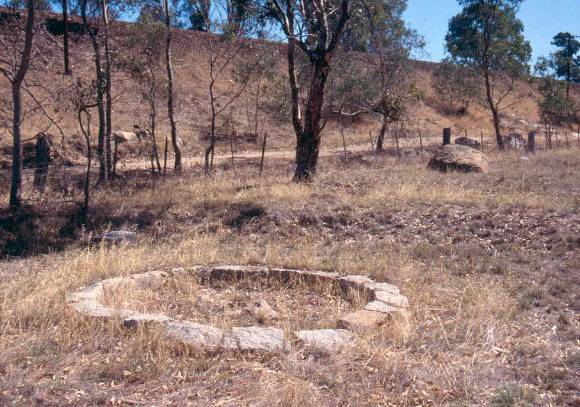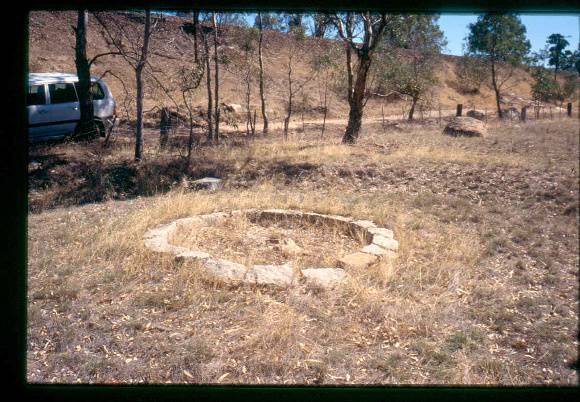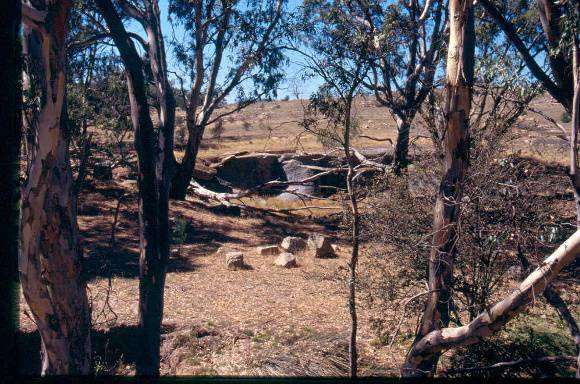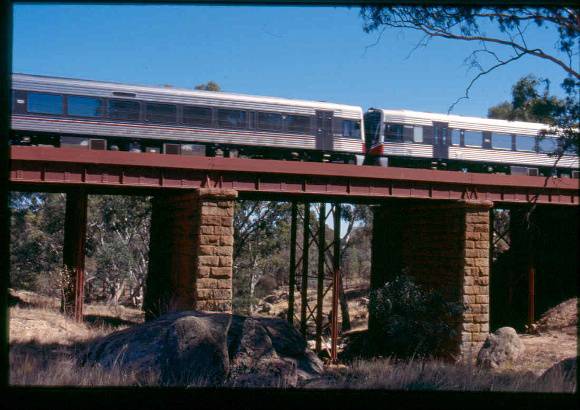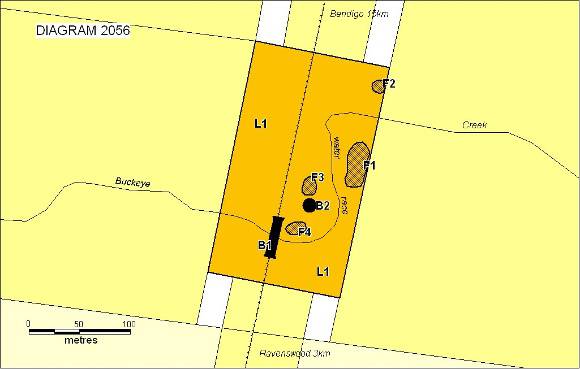| Back to search results » | Back to search page » |
|
BUCKEYE CREEK RAILWAY BRIDGE COMPLEX
Other NamesCHILEAN MILL , CHILI MILL LocationBUCKEYE LANE RAVENSWOOD, GREATER BENDIGO CITY
File NumberPL-HE/03/0009LevelRegistered |
|
Statement of Significance
What is Significant? How is it Significant? Why is it Significant? The Buckeye Creek Railway Bridge Complex and in particular the Chilean Mill is historically significant as a surviving example of Gold Rush technology that was relatively common in the mid 19th Century but now extremely rare. The Buckeye Creek Railway Bridge Complex and associated features are of scientific importance demonstrating the processes involved in the quarrying and working of local granite sources for use in the construction of the railway line. The Buckeye Creek Railway Bridge Complex is archaeologically significant as the site has the potential to contain in situ deposits and artefacts relating to the construction workers' camp and related activities.
The Buckeye Creek Railway Bridge, and the related Chilean Mill, water race, granite quarry, scatter of worked stone, archaeological footings and artefacts are located at Buckeye Creek, Ravenswood. Ravenswood lay on the route of the Murray Valley Railway Line linking Melbourne and Echuca constructed in several stages between 1859 and 1864. The complex of structures and features at Buckeye Creek reflect the type of work and activities associated with the construction camps that were established along the railway line. The Buckeye Railway Bridge abutments and piers are made of locally quarried rusticated granite blocks spanned with metal girders. The Chilean Mill is made of rough-cut granite blocks with a mortar post hole in the centre. The interior of the stone circle is paved with granite rocks. Outside the stone circle is a shallow ditch. These grinding mills, somewhat like arrastras, in which a heavy stone wheel powered by a horse turned around a central shaft to crush and grind stone or ore were derived from prototypes developed in the exploration of the Chilean goldfields. Associated with the Chilean Mill are a group of features that include a shallow earthen water race to the east of the mill and a granite quarry situated on the north bank of Buckeye Creek. Near the base of the bridge is a scatter of worked granite blocks originally intended for use in the Buckeye Creek Railway Bridge. The location of the Chilean Mill near the base of the Buckeye Creek Railway Bridge indicates that the mill was associated with the bridge construction to crush sand and gravel to mix with lime to make mortar for the bridge abutments and piers. Adjacent to the mill are in situ archaeological remains of a vitrified brick feature indicating the presence of an industrial centre connected with the railway line construction camp. The presence of slag and other vitrified material attests to these high temperature activities. To the north of the site is an historical artefact scatter that includes decorated ceramics and stonewares. Also represented are the remains of a stone fireplace indicative of the rudimentary accommodation and way of life of those workers involved in the construction of the railway line.
The Buckeye Creek Railway Bridge Complex is of historical, scientific (technological), and archaeological significance to the State of Victoria.
The Buckeye Creek Railway Bridge Complex is of historical importance for its intactness and ability to demonstrate the processes and skills involved in the construction of the Murray Valley Railway Line.
Group
Manufacturing and Processing
Category
Archaeological Relic


